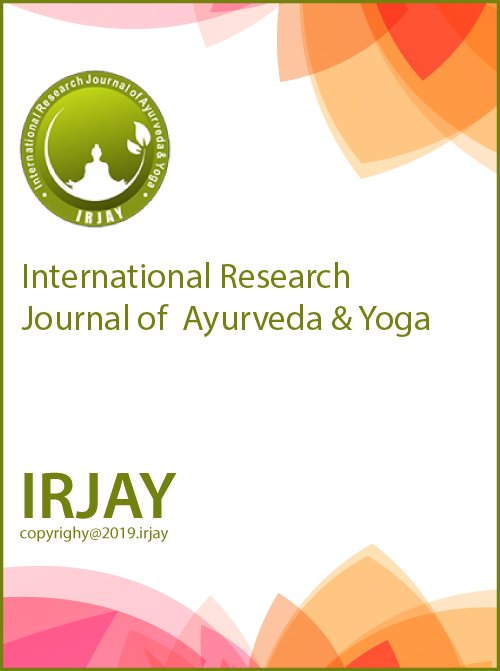Antibacterial Activity of Shwetavarshabuvadi Formulation Extracts on Various Pathogens Causing Skin and Soft Tissue Infections – An In Vitro Study
DOI:
https://doi.org/10.48165/Keywords:
Shwetavarshabu, Varuna, Antibacterial Activity, Zone Of Inhibition, Activity IndexAbstract
Introduction: The present study was carried out with an objective to investigate the antimicrobial potentials of various extracts of Shwetavarshabuvadi formulation on common pathogens causing skin and soft tissue infections. Methods: Aqueous and ethanolic extracts of study formulation with three concentrations 10%, 20%, 30% were prepared using Continuous extraction method by Soxhlet Apparatus. All extracts were tested against Staphylococcus aureus (ATCC 29213), Escherichia coli (ATCC 25922), and Pseudomonas aeruginosa (ATCC 27853). The susceptibility tests were performed using Agar ditch method. The antibacterial activity was assessed on the basis of Zone of inhibition and activity index. Results :As compared with standard drug (doxycycline), the results revealed that all extracts possesses anti-bacterial activity in dose dependent manner but aqueous extract was found to have maximum activity against all pathogens taken in this study. Maximum antibacterial activity was reported against S.aureus followed by P.aeruginosa by all extracts. E.Coli was resistant at 10 % conc. of both extracts of the study formulation. Conclusion: In vitro findings of this study confirmed antibacterial activity of Shwetavarshabuvadi formulation on common pathogens causing skin and soft tissue infections.
Downloads
References
Thakur JS, Narang T. The burden of skin diseases in India: Global burden of disease study 2017.
Mahakalkar C et al. Management of acute bacterial skin and skin structure infections in India: are we equipped to meet the challenges of the growing menace of methicillin resistant Staphylococcus aureus? Int Surg J. 2020 Sep;7(9):3172-3179
Dvivedy R, Cakradatta, of Chakrapani, edited Chaukhamba Sanskrit Bhawan Varanasi, Vidradhi Cikitsā, 43/14 Reprint- 2014.pp.256.
Jayanthi P, Lalitha P. Antimicrobial activity of solvent extracts of Eichhornia crassipes (Mart.) Solms. Der Pharma Chemica. 2013;5(3):135-40.
Faraja D. Gonelimali et al, Antimicrobial Properties and Mechanism of Action of Some Plant Extracts Against Food Pathogens and Spoilage Microorganisms, Front Microbiol. 2018 Jul 24;9:1639. doi: 10.3389/fmicb.2018.01639. PMID: 30087662; PMCID: PMC6066648.
Sánchez et al, Extracts of Edible and Medicinal Plants Damage Membranes of Vibrio cholera, Appl Environ Microbiol. 2010 Oct; 76(20): 6888–6894.

